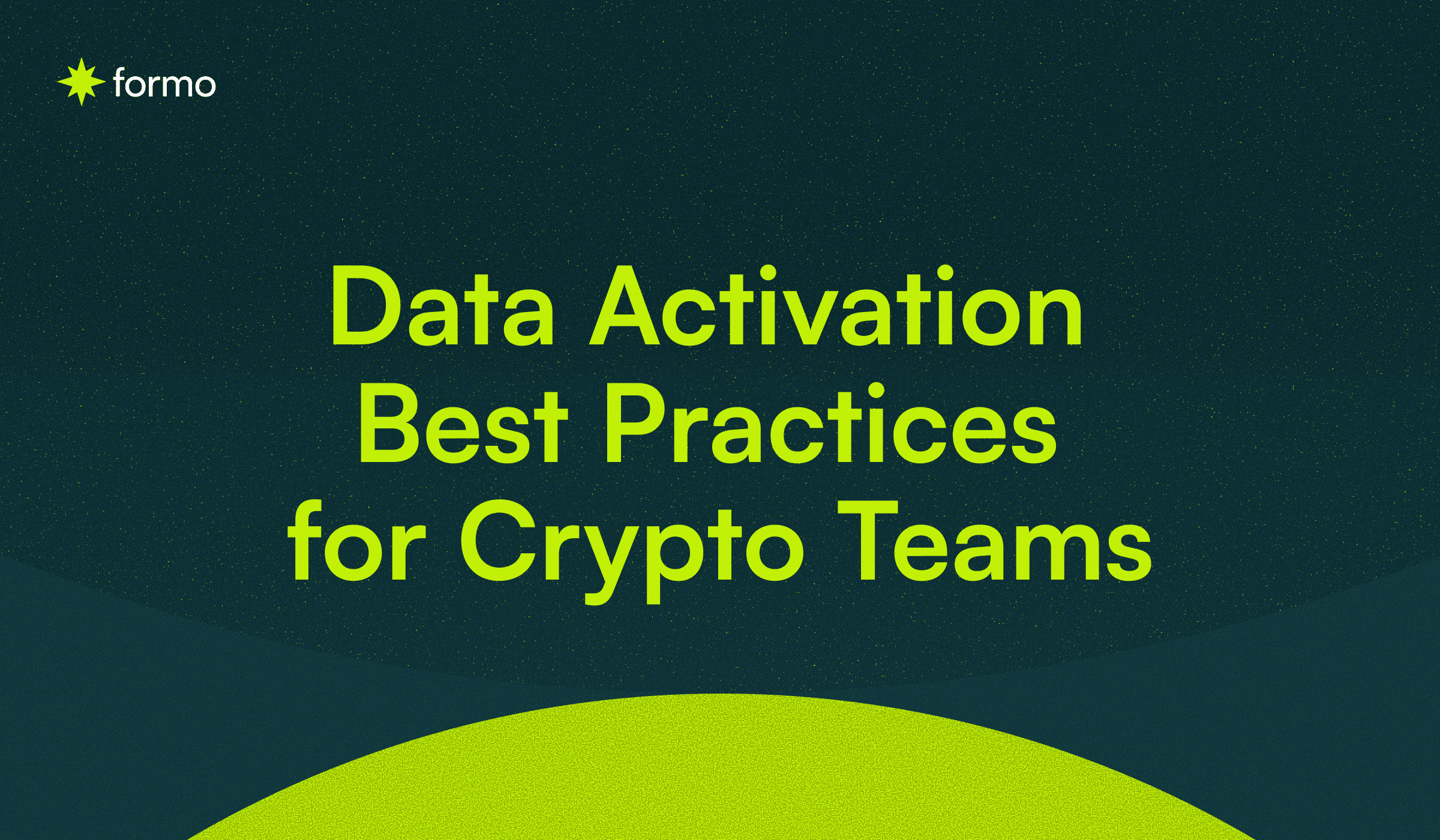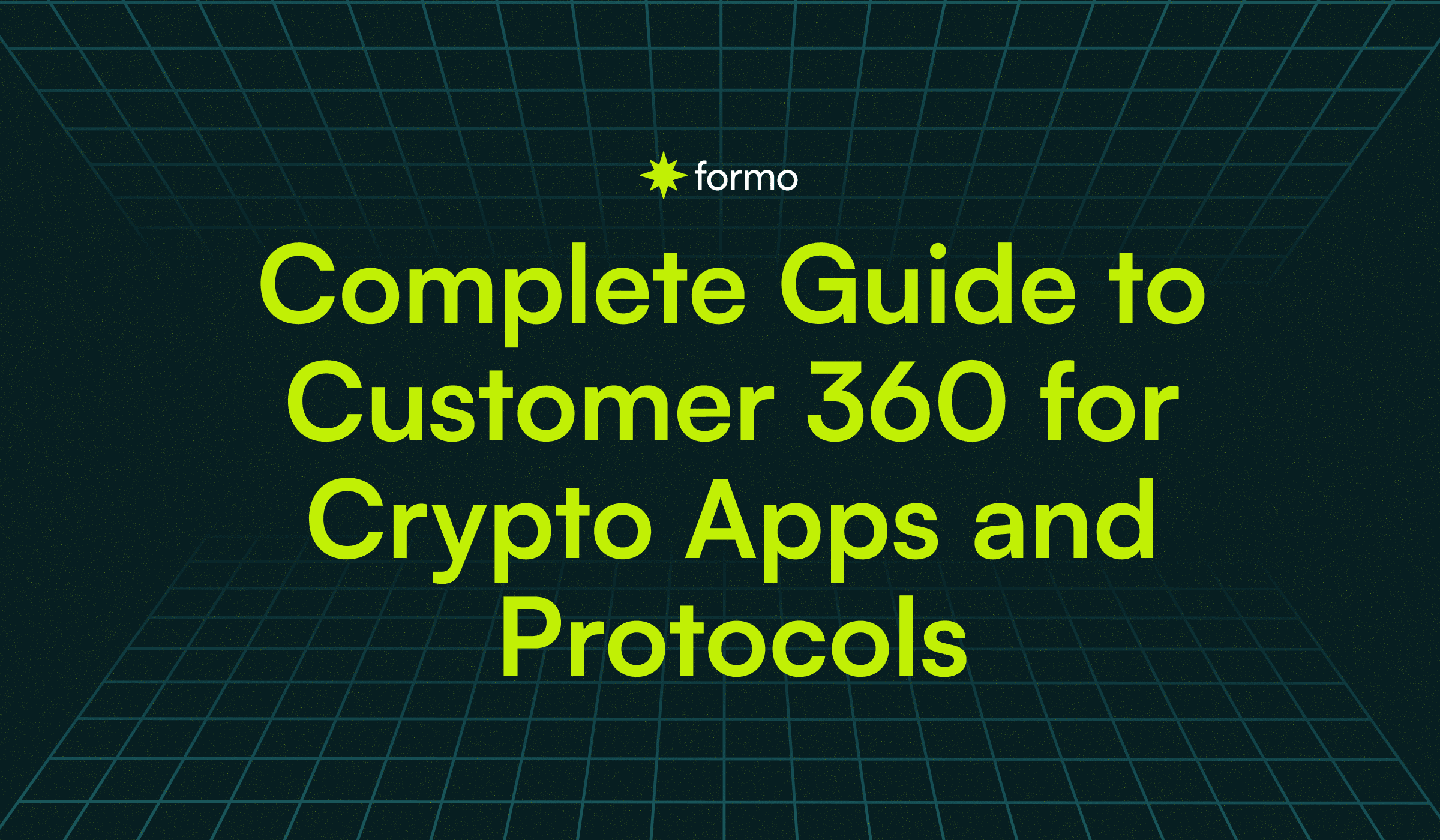Success in B2B growth depends on building awareness and generating demand. To succeed, emphasize the value your product brings to users and build your growth strategy around this principle. In this article, we will explore how to transform your project into a powerful product-led growth engine, highlighting key strategies and examples of successful brands that have taken this approach.
Key Takeaways:
PLG = product drives growth (acquisition, retention, revenue)
Tactics: Freemium, free trials, self-serve, fast onboarding
Why it works: Low CAC, fast time-to-value, high retention
PLG vs Sales/Marketing-led: Focus shifts from selling to user value
Top metrics: Time to value, PQLs, CLV, activation, churn

Product-led growth relies on using the product itself as the primary driver to acquire, engage, and retain customers.
What is product-led growth?
Product-led growth (PLG) is a go-to-market strategy that places your product at the center of the customer journey, relying on its features, performance, and user experience to drive acquisition, retention, and expansion.
PLG focuses on delivering value to customers through exceptional products that engage users and provide value without relying heavily on marketing and sales campaigns.
What is a product-led growth strategy?
A product-led growth (PLG) strategy puts the product at the core of business growth, using tactics such as freemium models, self-serve demos, and in-app prompts to drive growth.
The more the product fuels sales, marketing, and support, the more product-led the company becomes.
How does product-led growth reduce customer acquisition costs?
A product-led growth strategy can lower customer acquisition cost (CAC) by reducing reliance on sales and marketing.
This approach has become popular as brands recognize the importance of delivering exceptional product experiences for sustainable growth and customer satisfaction.
PLG and other product growth strategies
PLG isn't the only growth strategy that works. There are at least three other strategies that are popular among brands:
Sales-led growth
Marketing-led growth
Customer-led growth
Product-led growth vs sales-led growth

Comparisons between product-led and sales-led strategies
Sales-led growth (SLG) is a strategy that prioritizes direct sales to drive revenue growth. It relies on building a strong sales team to move prospects through the sales funnel. Salesforce is a notable example of a successful SLG organization, focusing on enterprise customers who require personalized support throughout the buying process.
SLG is preferred for:
High-ticket products and services: Expensive that target large companies.
High-touch sales: Products that require extensive configuration or customization.
One-time fee pricing models: Brands with a one-time fee pricing model, such as selling licenses.
Product-led growth vs marketing-led growth

Comparisons between product-led and marketing-led strategies
Marketing-led growth (MLG) involves extensive marketing initiatives to drive customer acquisition, retention, and expansion. Brands such as HubSpot and Ahrefs have found success with MLG by leveraging large content libraries to generate interest in their products.
Key Differences from Product-Led Growth (PLG)
Focus: MLG focuses on creating awareness and generating short-term interest, while PLG aims to create self-service customer journeys.
Goal: MLG aims to move prospects into the sales funnel and convert them into qualified leads, while PLG focuses on long-term retention.
Product-led growth vs customer-led growth

Comparisons between product-led and customer-led strategies
Customer-led growth (CLG) is often confused with product-led growth (PLG), but they differ in focus and approach. Key characteristics of CLG:
Customer-centric: CLG prioritizes meeting customer needs and relies on customer data and feedback to drive product development.
Retention-focused: CLG aims to build strong customer relationships, deliver a great user experience, and increase customer retention.
Resource-intensive: CLG requires significant resources to maintain direct communication with users, gather customer insights, and deliver personalized experiences throughout the customer journey.
Product-Led Growth Examples
Examples of successful product-led companies include:

Examples of Product-led brands
Amplitude: A Web2 product analytics platform that helps brands optimize user experience and results.
MySpace: A pioneering social networking platform that allowed users to create profiles and connect with friends.
Slack: A collaboration hub that provides team messaging and productivity tools with an easy-to-use interface and seamless integrations. Slack had an estimated 42 million active users in 2024.
Zoom: A video conferencing platform that gained widespread adoption with its simple and intuitive design. Zoom generated $4.6 billion in revenue in 2024, an 3% increase year-on-year
Benefits of Product-Led Growth Marketing
According to OpenView, product-led businesses are valued more than 30% higher than the public-market SaaS Index Fund. Key benefits of PLG include:
7 Benefits of Product-led Growth
Reduce customer acquisition costs (CAC): Users experience value through self-service or freemium options, resulting in lower CAC and increased word-of-mouth referrals.
Increase customer retention: Delivering a superior product experience ensures that users quickly find value and have a positive experience, resulting in long-term retention.
Faster time to value: Users can quickly sign up, explore, and experience the value of the product, resulting in faster time-to-value.
Smooth onboarding: Streamline onboarding with intuitive interfaces and self-service resources for a smooth experience and rapid adoption.
Increased customer satisfaction: Meet and exceed customer expectations with a user-centric product, resulting in increased satisfaction, loyalty, and advocacy.
Scalability and Virality: Positive user experiences and easy sharing lead to rapid, scalable growth through viral loops.
Data-driven decision-making: Collecting user data informs decision-making, providing insights into user behavior and preferences for data-driven improvements.
In contrast, traditional sales models generate awareness through marketing channels and rely on sales teams to qualify and engage leads. This approach can be costly and has a long sales cycle.
8 Steps to implement a product-led growth strategy

Product-led growth encourages users to explore the product for free, with minimal barriers
Once you have chosen PLG as your primary growth strategy, you need to put it into action. Here are the basic processes you need to implement:
1. Create a Self-Service Buying Experience
Implementing Product-Led Growth (PLG) requires creating an intuitive, self-service buying experience. This includes a clear website that effectively communicates your product's value proposition and pricing plans, a simple and quick registration process, and clear instructions for getting started with your product.
2. Offer a full-featured free trial or freemium.
Product-led growth (PLG) emphasizes letting users explore your app to communicate its value. A full-featured trial or freemium model should include all core features, allowing users to fully experience the product and realize its value. This drives product-qualified leads (PQLs), which are identified by analyzing usage patterns. By tracking user behavior, you can refine the product experience and eliminate friction.
3. Transform your product onboarding experience
The first experience with your product sets the tone for the entire product experience. A smooth, intuitive onboarding experience determines user adoption. PLG requires creating a consistent, self-service onboarding process and continuously improving it based on first-time user experience data.
4. Rethink your pricing model
Pricing is a critical component of the Product-Led Growth (PLG) flywheel. Establish a clear pricing roadmap to align with customer demand and drive product growth. To create a cohesive PLG pricing strategy:
Choose a pricing model: Flat-fee, per-user, usage-based, or hybrid.
Align pricing with value: Understand the features that matter most to users.
Offer tiered pricing: Allow customers to upgrade as needed.
Tailor packages to customer segments: Meet the needs of each segment.
Leverage historical data: Inform pricing decisions and tweak the model.
5. Capture usage data with a product analytics tool
Use a product analytics tool to track user behavior, identify patterns, and pinpoint areas of frustration. But don't collect all the data at once. Define a problem and then analyze the data to find the root cause. For example, if users are failing in a particular workflow, review the session records to identify the problem.
6. Collect user feedback
In Product-Led Growth (PLG), the voice of the customer (VoC) is critical. Collect customer feedback to understand reactions to product features, UI, and updates, through:
In-app surveys for specific features
Targeted surveys for users showing early signs of churn
NPS surveys to measure the impact of major updates
Sign up for Formo now to create a survey and uncover actionable insights that will improve your PLG strategy!
7. Incorporate the data into your product roadmap
With product usage data and customer feedback, you can incorporate it into your roadmap by:
Identify user needs and pain points: Analyze usage data to identify the most used and most problematic features.
Evaluating potential impact: Prioritize features based on user satisfaction, retention, and revenue.
Estimate effort required: Prioritize features with less effort and faster delivery.
Align with goals: Ensure that changes are aligned with business goals and strategy.
Iterate based on feedback: Collect feedback, evaluate effectiveness, and adjust the roadmap.
8. Focus on continuous product adoption
Product-led growth focuses on driving continuous product adoption and usage. To achieve this:
Monitor product performance: Track usage and identify areas for improvement.
Release new features and updates: Enhance the product to provide ongoing value.
Incentivize user engagement: Encourage users to continue using the product.
Understanding Key Product-Led Growth Metrics
To measure the effectiveness of a product-led growth (PLG) strategy, measure these key metrics that provide insight into user behavior:
Time to Value (TTV): The time it takes for a user to reach an activation event.
Product Qualified Leads (PQLs): Users in the adoption stage who are most receptive to sales efforts, increasing the number of paying users.
Expansion Revenue: Revenue generated from existing users through upsells, cross-sells, and add-ons.
Customer Lifetime Value (CLV): The revenue expected from a customer over the life of the relationship, taking into account churn, retention, and acquisition costs.
Net Churn Rate: The revenue lost due to cancellations and account downgrades, to reduce it below zero.
Activation Rate: Measures the percentage of users who complete a specific activation event or key action.
Conversion Rate: Tracks the percentage of users who move from one stage to another, such as signing up for a free trial or upgrading to a paid plan.
Retention Rate: Measures the percentage of users who continue to use the product over time, indicating user satisfaction and product stickiness.
User Engagement: Includes frequency of product usage, time spent on the platform, and usage of specific features.
Viral Coefficient: Measures the organic growth rate of existing users referring new users, indicating exponential growth.
Drive product-led growth with actionable insights
Adopting a product-led growth (PLG) model requires the use of rich offchain, onchain, and first-party data to guide product development and improve the user experience. Formo's platform helps you understand and use data about onchain users, giving you actionable insights into the product experience to supercharge your growth.
To drive growth, consider adopting a product-led growth (PLG) strategy from the outset. PLG focuses on delivering exceptional product experiences and user-centric design, enabling brands to acquire and retain customers more effectively than traditional sales-led methods. Continuously improve the product based on user insights and leverage data-driven decisions to sustain and accelerate growth.
Follow us on LinkedIn and Twitter, and join our community to get more product and growth insights.
Further source:
FAQs
1. Who should adopt a product-led growth (PLG) strategy?
PLG works best for digital products with a low barrier to entry, strong UX, and the ability to deliver value without human assistance, ideal for SaaS and developer tools.
2. Can PLG work alongside sales or marketing-led strategies?
Yes, many companies adopt a hybrid approach: using PLG for entry-level users and layering sales/marketing for enterprise or upsell paths.
3. What roles are most important in a product-led company?
In PLG companies, product, engineering, and growth teams take the lead. These roles collaborate closely to improve onboarding, drive activation, and optimize product experiences based on usage data.
4. How does PLG affect go-to-market (GTM) alignment?
PLG breaks down silos. Product, marketing, sales, and customer success align around user behavior and in-product data to drive decisions, rather than relying solely on top-down funnels.
5. How long does it take to see results from PLG?
Results vary, but early signs such as increased activation and engagement can appear in weeks. Long-term gains in retention and revenue typically take months.





